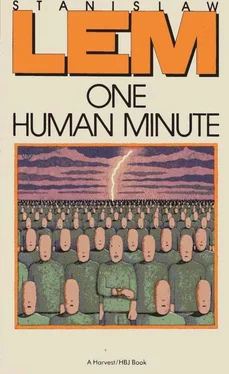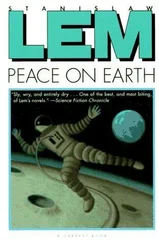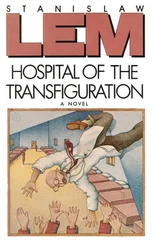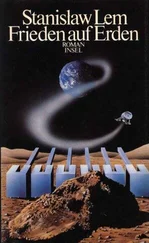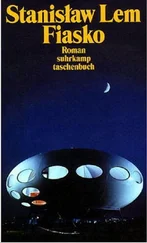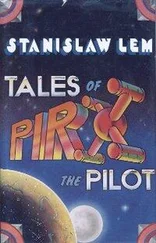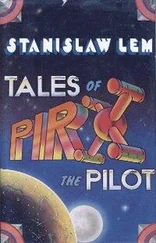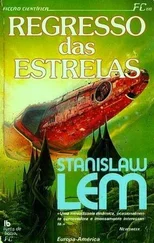The sections on sexuality have also been revised and enlarged. An introductory comment explains what changes have occurred since the first edition of One Human Minute. In those few years the sex industry grew exponentially; most of the previous edition’s figures were therefore out of date. A veritable panopticon opens up before us here, with astonishing descriptions and numbers. Descriptions are needed, because for anyone unacquainted with the products in this branch of consumer industry, the terms alone will be completely unintelligible. As a satirist of the women’s movement remarked not very long ago, women were discriminated against in the matter of “bionic dolls,” because there were various artificial females — complete with built-in tape recorders, so that with various cassettes they could express themselves charmingly or obscenely, according to taste — but almost no male dolls for sale. The situation has improved to a point where equality of the sexes has nearly been achieved. The dolls, battery-powered and self-charging, and therefore portable, work so well that they can actually pair up and dispense with living partners altogether. Ridiculous. But the hunger for sexual experience does seem to be insatiable in affluent nations of the “permissive” type. It turns out that they spend more on lingerie, gowns, cosmetics, wigs, and perfumes for these artificial partners — per minute — than the countries of the Third World spend on all their clothing essentials.
Data that could not be established or even statistically approximated, such as how many women are raped per minute, are presented, with scrupulous qualifications, as conjectures: the experts of this sad phenomenon maintain that the majority of rape victims hide their shame in silence. Since, however, no one of either sex today need be ashamed of homosexuality or conceal it, One Human Minute presents their several-million-strong ranks with great numerical precision.
As we leaf through this thick volume — thicker than the first edition — we encounter, from time to time, data that tell us that we live in an era where the flowering of art is barely distinguishable from its demise. The rules and boundaries that distinguish art from what cannot be art have eroded completely and disappeared. Thus, on the one hand, more works of art are being created in the world than cars, planes, tractors, locomotives, and ships combined. On the other hand, that great volume is lost, as it were, in the still greater volume of objects that have no use whatever. For me these numbers gave rise to black thoughts. First, the world of art has been shattered once and for all, and no art lover can piece things together again, even if he is only interested in one area, like painting or sculpture. One might think that the technology of communication had advanced for the express purpose of revealing to us the microscopic capacity of the human brain. What good is it if everything that is beautiful lies at our disposal, and can even be called up on the screen of a home computer, if we are — again — like a child facing the ocean with a spoon? And, as I glanced at the tables of how many different kinds of “works of art” are made per minute (and of what materials), I was saddened by the banality of those works. If archaeologists in the distant future make excavations to learn what kind of graphic art was produced in our era, they will find nothing. They will not be able to distinguish our everyday garbage and litter from our “works of art,” because often there is no objective difference between them. That a can of Campbell’s tomato soup is a work of art is the result of its being put on exhibit, but when it lies in some dump no one will ever gaze upon it in aesthetic rapture like an archaeologist contemplating the vase or marble goddess he has recovered from the Greek silt. One might conclude that the real intention of the authors of One Human Minute was not to give us a frozen moment of the human world, a cross section cut with a gigantic knife, but instead to bury us beneath an avalanche of numbers proving how close we have come to the anecdote about the flies (a pair of flies, after one season of unchecked proliferation, will cover the oceans and the earth with a layer of insects half a mile deep).
Again we have the dilemma on which the first critics of this book broke their teeth. Is the terrible predominance of evil over good, of malice over loving kindness, of stupidity over intelligence, the true balance sheet of the human world? Or is it the result, in part, of the computers and the statistical viewpoint?
It is easier to give the tonnage per minute that the sex industry produces — the mountains of genital appliances, photographs, special clothing, chains, whips, and other accessories that facilitate the application of our reproductive physiology to perverted practices — than to measure, weigh, or simply observe human love in its nontechnological manifestations. Surely, when people love one another — and it is hard to doubt that there are hundreds of millions who do — when they remain faithful to their erotic or parental feelings, there is no measure, no apparatus, that can record that and grind it in the statistical mill. With sadomasochism, on the other hand, with rape, murder, or any perversion, there are no such difficulties: statistical theory is at our service.
The industrialization of emotion in all its aspects — say the indignant critics of One Human Minute — is an utter impossibility. There cannot be, nor ever will be, devices, harnesses, salves, aphrodisiacs, or any sort of “meters” to abet or measure filial or maternal love; no thermometers to gauge the heat of lovers’ passions. That their temperature is sometimes fatally high, we learn only indirectly from the statistics on suicides resulting from unrequited love. Such love is out of fashion in the modern world, and any writer who devotes his works to love alone will not make it into the literary Parnassus.
There is no denying the merit of such arguments as these; the trouble is that without the backing of facts and figures they remain generalities. The publishers of One Human Minute failed not only to establish the I.Q. of politicians; they were also unable to include a register of the sins confessed per minute in the Catholic confessional, or of those acts of kindness whose authors wished to remain anonymous. And so the argument over the precise degree of objectivity or subjectivity of this book cannot be settled.
With the help of the alphabetical index, anyone who seeks an answer to a particular question can easily locate the relevant data. It is true that the conclusions drawn from data combined in this way are far from unequivocal. Even today, five billion human brains process less information per minute than do computers in the same time; computers make possible the solution of problems and the execution of tasks otherwise beyond reach.
Automated telephone communication on a global scale is a splendid thing, no question. But it did produce a by-product — numerically not insignificant — that is, telephone sex. In the last few years, agencies offering such services have mushroomed. You have but to pick up the receiver, dial, and give your credit-card number in order to avail yourself of your favorite variety of conversational lewdness — copulating in words, so to speak — with an Australian, say, while you sit in Ontario. But, then, no one can deny that the split between technological progress and moral progress has taken place and is irreversible — impossible though it may be to establish the date of this separation, which marks the collapse of our nineteenth-century faith in the collective march into the happy future. Technological solutions to one’s desires can serve evil as well as good. But goodness, again, is not measurable, and sometimes it happens that neither concept can be pinned down. In One Human Minute, for example, we learn how many scientific works are published every minute, and also how very little of his own field a scientist can assimilate, even superficially. There is more and more information that he ought to be aware of but that exceeds his physiological capacity of absorption. Today only supercomputers know everything in every field.
Читать дальше
